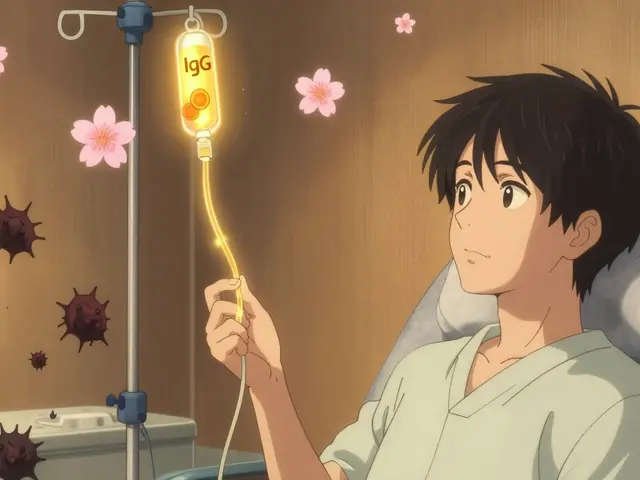Sickle Cell Anemia Care: What Works, What Helps, and What to Know
When you have sickle cell anemia, a genetic blood disorder where red blood cells become rigid and crescent-shaped, blocking blood flow and causing pain and organ damage. Also known as sickle cell disease, it’s not just about occasional pain—it’s a lifelong condition that needs smart, daily care to keep you healthier and more active. This isn’t something you outgrow. It’s something you learn to manage—with the right tools, knowledge, and support.
Good sickle cell anemia care means more than popping pain pills when it hurts. It’s about stopping problems before they start. That includes regular check-ups, staying hydrated, avoiding extreme cold or stress, and knowing when to get help fast. One of the most common treatments is hydroxyurea, a daily pill that helps your body make more fetal hemoglobin, which keeps red blood cells from sickling. It’s been used for decades and has proven to reduce pain crises, hospital visits, and even the need for blood transfusions. For some, especially kids or people with severe symptoms, blood transfusions, regular infusions of healthy red blood cells to replace sickled ones can be life-changing. They lower stroke risk and ease chronic anemia—but they come with their own risks, like iron overload, which needs careful monitoring.
Managing pain is a big part of daily care. Not every ache needs strong meds. Warm baths, gentle massage, and staying warm can help. But when pain flares up, having a clear plan with your doctor matters—knowing which meds to take, when to call for help, and what to avoid. Many people also benefit from counseling or support groups. Living with a chronic condition is hard, and you don’t have to do it alone. Vaccines, folic acid supplements, and avoiding infections like the flu are also key. Kids with sickle cell need special attention: early screening, penicillin prophylaxis, and regular eye checks can prevent serious complications down the road.
What you’ll find in the posts below isn’t a textbook. It’s real-world advice from people who’ve lived this, and from doctors who treat it every day. You’ll see how pain is managed, what medications actually work, why some treatments are chosen over others, and how to spot warning signs before they turn into emergencies. There’s no magic fix—but there are proven ways to take back control. This collection gives you the facts, plain and simple, so you can make smarter choices every day.
Sickle Cell Anemia Care: Overcoming Barriers & Disparities
Explore how sickle cell anemia patients face care barriers and discover practical steps to improve access and reduce health disparities.






